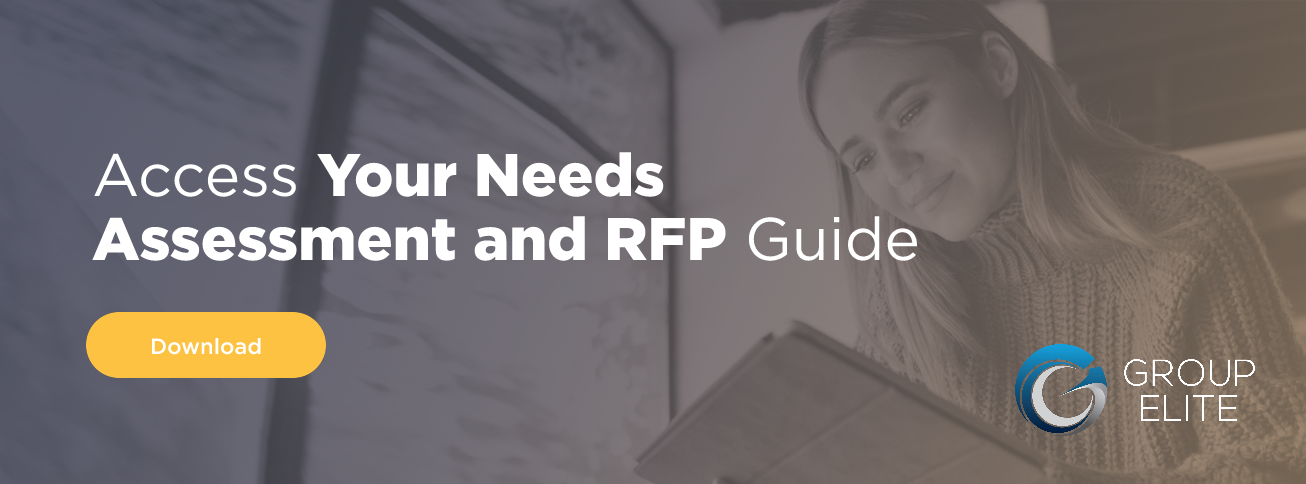As an organization prepares for a call center needs assessment, the terms discovery, analysis, validation, and recommendation come to mind. The gravity of these 4 words can be daunting, especially as complaints come from business users, demands come from your IT team, and frustration fueled by strategic goal alignment is repeated in your weekly staff meetings. While embarking on a needs assessment is never trivial, understanding what’s ahead is crucial to meeting the demands of the stakeholders. Wait! Don’t forget about the customer! Are they at the heart of your needs assessment? Often the shouting from the business, IT and leadership is drowning out the voice of the customer. In this blog post, we will unpack the 4 pillars of a comprehensive call center needs assessment and stop the shouting as your call center goes from bad, to good, to better, to best.
Pillar #1 - Cross-Functional Discovery
The first step during a needs assessment is discovery. As the call center touches so many departments within a typical organization, your team and a consulting firm will most likely start by identifying key stakeholders:
- What will IT require?
- What will marketing need?
- What does the claim department demand?
- Will training be able to teach this?
A needs assessment will walk through each of your weekly reports and metrics and locate the downstream impact on Net Promotor Score (NPS), customer retention, compliance and so many more.
Each of these stakeholders will also have a myopic view of the challenges that they face, but it is the job of the needs assessment coordinator to listen and document first. With individual sessions with each stakeholder complete, subsequent cross-functional sessions will draw together voices of a problem and expose the reality of a specific need. If these cross-functional sessions do not suffice, the coordinator might schedule workshops that serve to deepen the discovery of a topic.
At this stage, stay open. Remain calm. Don’t be discouraged. Tony Gaskins, the author and speaker once said, “Shady people will expose themselves. Don’t disrupt your happiness by trying to be Sherlock Holmes. Just sit back and pay attention. The truth will surface.”
Pillar #2 - Feature Parity, Gaps and Scoring
Next, comes the analysis phase. During this phase, a needs assessment coordinator starts to a deeper dive into the data collected in the discovery step and maps the requirements collected to the existing situation. These findings are categorized into 4 analysis groups:
Feature Gaps – What can the business not accomplish today with the people and technology currently in place? This might be as simple as a feature in a software application, or as complicated as untrained personnel using the software. Both can be fixed, and it is important to identify each gap and its impact on the business.
Feature Parity – Before an organization can move forward with new processes or technology, current processes involving compliance or regulatory issues should be elevated to the top of the list to guarantee future success. It is important to avoid big changes that end in regret. For example, moving your call center telephony from on-premises phones to a contact center as a service (CCaaS) environment should include a feature parity exercise that requires a detailed feature parity list for routing, skilling, multi-channel capabilities and security.
Highlight Best Practices – Finally, a positive step in the cycle! Discovery won’t just uncover the bad, it will also bring out the good. Document what is working well now. Document who is doing it well or is a best practice. Document what agent and customers love today. Don’t throw the baby out with the bathwater as they say.
Generate Product Scores – Scoring your current technology stack will expedite decisions down the road and provide clarity for prioritization. For example, the discovery process might give your IVR a B+, your telephony a C-, your WFO a D, and your click-to-chat solution an F. Seeing scores and understanding the downstream impact from your stakeholders will help you determine if the score matches the goal, the impact, and the strategic direction of your organization.
Pillar #3 - Validating Assumptions
Organizations spend billions of dollars each year embroiled in consulting engagements that never get validated. All the discovery and analysis in the world means nothing unless you confirm the gaps, parity, best practices and scoring with your senior leadership. We encourage you to work with consulting teams that accentuate this phase. “70% of organizations have suffered at least one project failure in the last year,” according to KPMG.
The validation step also compares the expected benefits to the actual benefits post-deployment – the ultimate validation late. Use this time with your consulting project coordinator to answer any open questions, validate any reaming assumptions, and ensure alignment with end-state deliverables. The tendency will be to jump to the recommendations phase – even during discovery and analysis. Don’t let a vendor or consulting team pressure you to find an end-game solution until the assumptions from the analysis are validated.
Pillar #4 - Recommendations Based on Requirements
“Flip. Flip. Flip.” That is the sound of the senior leader flipping to the back page of your needs assessment and looking for the answers. And as they review recommendations, ensure that recommendations are securely grounded into the reality of your requirements. It can be easy for a consulting team to just say, “You need to throw that old system out and get a new one.” The newer model will always have more bells and whistles, and a senior leader will throw your needs assessment’s recommendations right back in your face if you skirt the strategic direction of the company to just buy more technology.
With the proper validation from the previous phase, the final recommendations should be accompanied by a SWOT analysis, key requirements for each stakeholder and final recommendations based on data.
Call center needs assessments are your gateway to happier employees, satisfied customers, and equipped senior leaders. Take each pillar one step at a time.






